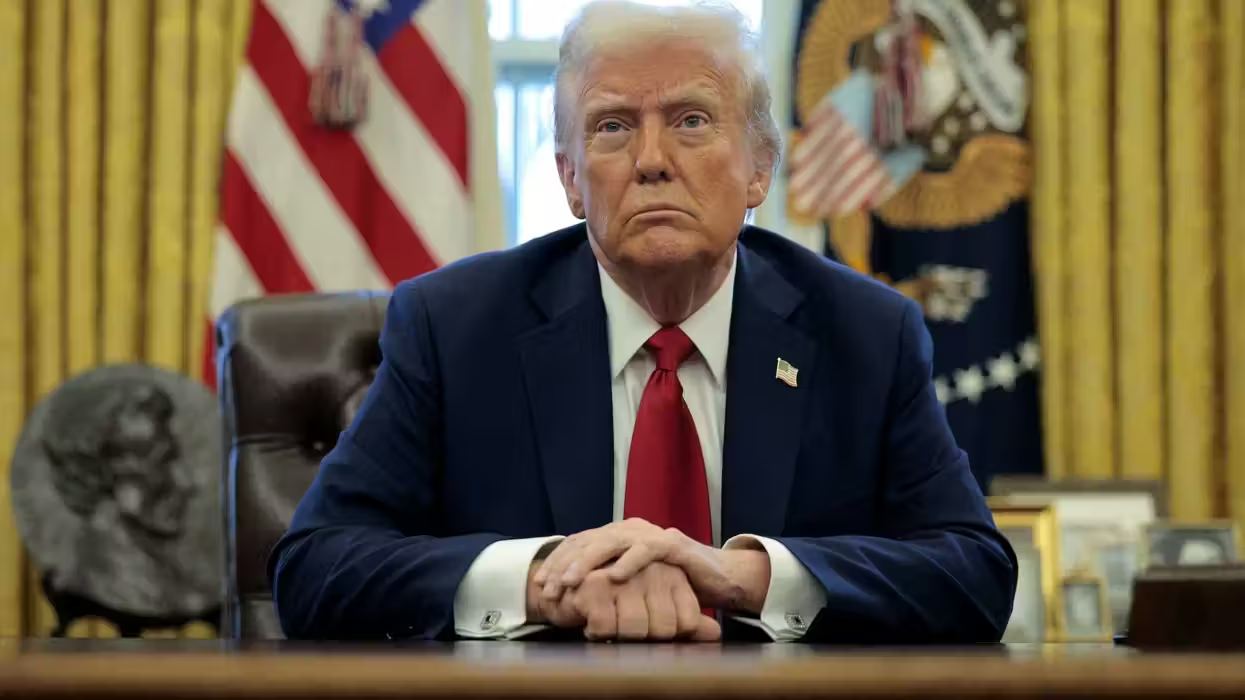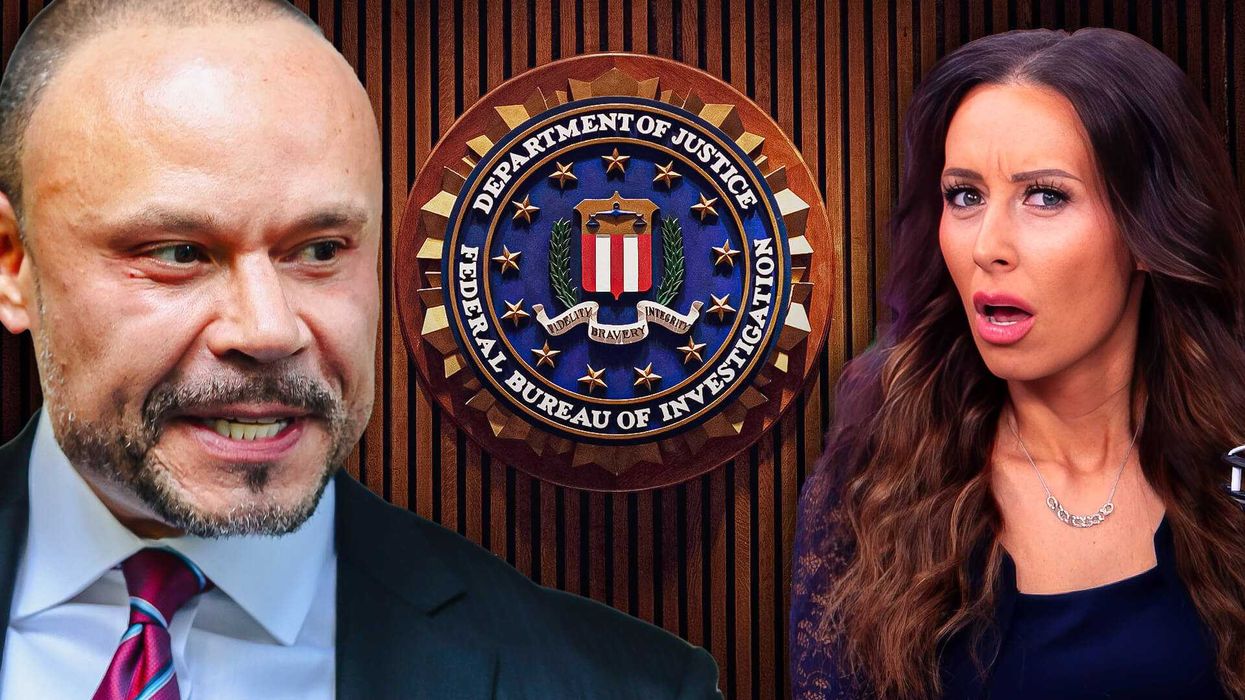The Supreme Court on Tuesday upheld President Donald Trump's controversial temporary travel ban on people entering the U.S. from mostly majority-Muslim countries, reversing a Ninth Circuit Court decision that blocked it.
The travel ban restricted travel to the U.S. from eight foreign countries. Critics argued that these countries were being targeted because of their majority-Muslim populations.
What are the facts of the case?
In January 2017, President Trump signed an executive order banning foreign nationals from seven countries from entering the U.S. for a 90-day period. The president issued similar temporary orders in March and June, and then a final, permanent one on Sept. 24, 2017. This last version included eight countries.
Critics of the executive order pointed out that six of these eight countries (Libya, Chad, Syria, Somalia, Iran, and Yemen) were countries where a significant majority of the population was Muslim. The other two nations were Venezuela (where the ban targeted Venezuelan leadership only) and North Korea. Earlier versions of the ban did not include Venezuela, North Korea, or Chad.
The Trump administration said that during the trial period it had evaluated how well foreign nations shared information with the U.S. It then determined that the eight final nations selected did not have adequate information sharing procedures in place.
This final version of the ban was challenged by the state of Hawaii, by a group of three individuals (two of whom were anonymous), and a Muslim imam.
In December 2017, the 9th Circuit Court of Appeals reviewed the case and ruled that the travel ban was unconstitutional. As part of their reasoning, this lower court had argued that Trump's statements during the campaign trail when he called for a “total and complete shutdown of Muslims entering the United States,” counted as proof that he was likely trying to keep Muslims out of the country with this order.
While the 9th Circuit Court ruling was unanimous, a temporary ruling from the Supreme Court blocked it from taking effect until the Supreme Court justices could rule on this.
What was the reasoning?
In writing the majority opinion for Trump v. Hawaii, Chief Justice John Roberts argued that the president was well within his legal rights to ban travel to the United States from certain countries, citing earlier precedent.
How did the justices vote?
Chief Justice John Roberts delivered the opinion, joined by Anthony Kennedy, Clarence Thomas, Samuel Alito and Neil Gorsuch. Stephen Breyer, Elena Kagan, Sonia Sotomayor and Ruth Bader Ginsburg dissented.
What about the dissenters?
In her dissent, Sotomayor, joined by Ginsburg, wrote that "[b]ased on the evidence in the record, a reasonable observer would conclude that the Proclamation was motivated by anti-Muslim animus."
Sotomayor accused her colleagues of "ignoring the facts, misconstruing our legal precedent, and turning a blind eye to the pain and suffering the Proclamation inflicts upon countless families and individuals, many of whom are United States citizens."
Breyer pointed to statements calling for a shutdown of Muslims entering the U.S. on a Trump website, only taken down after the first two orders, that he said pointed to "evidence of antireligious bias."
This is a developing story and will be updated







